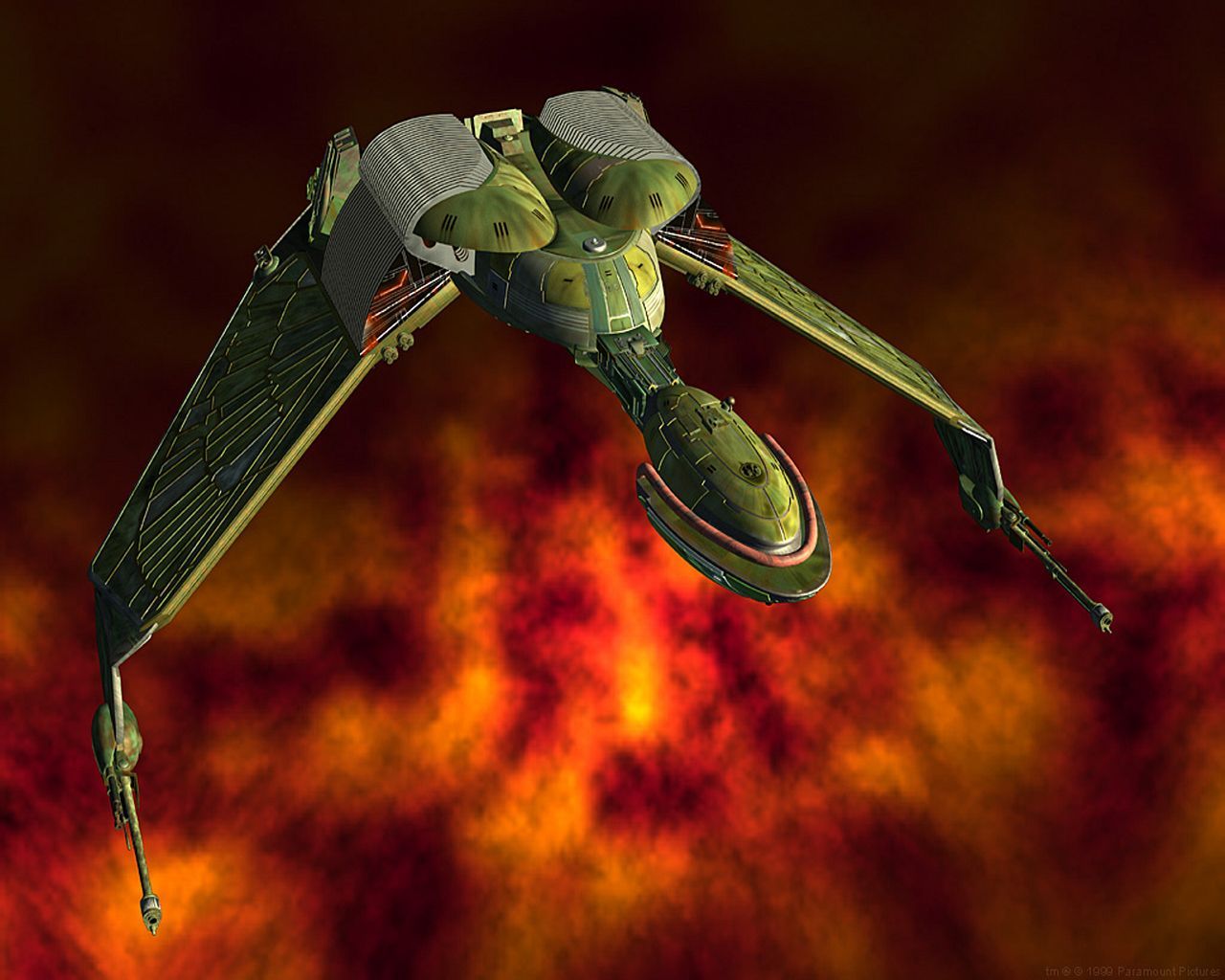I still love that the basilica cathedral, in Barcelona, was designed upside down.
Stone only works under compression. If any area ends up under tension, it will just fall apart. String only works under tension, if it is under compression, it crumples. Critically, if you invert the model, the forces invert. The basilica was designed as a string model upside down. This made mismatched forces obvious, and is easy to correct.
Historical designers had a lot of tricks, that we have mostly forgotten, to make things work.
In the book “The World Without Us” the author states that old steel bridges would be among the last human made structures left thousands of years after humas have dissapeared for the reason that they didn’t have strenght calculations back then which they solved by simply overbuilding everything.
The concept for the book is such a cool one.
In case you’re curious about what would be the last remaining structures left on earth after everything else has been ground to dust:
spoiler
Channel tunnel between England and France and the stone faces on Mount Rushmore.
What almost impresses me most is the architecture of the Parthenon in Athens. Nothing in it is perpendicular. There’s a rise in the middle of the floor of about 6.5cm over a span of 30 meters that makes the floor bowed and prevents it from looking like it’s sagging in the middle. All of the columns are just slightly tilted inwards. They’re not straight-sided, either, they’re bowed. The whole danged thing is an optical illusion to make it appear perpendicular, because it’s so big that if they didn’t, it wouldn’t.
https://www.thearchaeologist.org/blog/6e7osxbhye9libjdlmb8std5b77rs9
“Difficulty” is a skill issue. There are likely old-school drafting architects who could blow the doors off a CAD designer.
My grandfather was a draftsman for one of the big military contractors back in the day. He’s got some of his old work framed, it’s really amazing what the human hand used to accomplish with only a straightedge and a compass… As an engineer who uses a lot of Solidworks, sometimes I romanticize and yearn to blow everything up and return to the artful days of hand-drafting as the standard.
My first job out of college was re-making tools to manufacture small electromechanical assemblies for repairing old military aircraft. (Said tools had been thrown away by some previous now-fired director who thought “We haven’t used these tools in 15 years, surely we don’t need them anymore…”, but when the military calls up and asks for part XYZ for a B52 that you’ve manufactured for the last 65 years, you don’t say no, even if you haven’t made the part in 2 decades). I had an entire room full of B, C, and D-sized hand-drafted drawings to pull specs and dimensions from, and each one was so beautiful in its own way. Getting to spend a whole day digging through drawings was always a nice little quiet retreat from the rest of the chaotic world.




